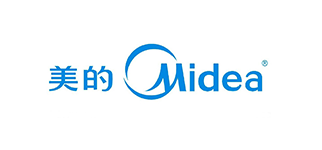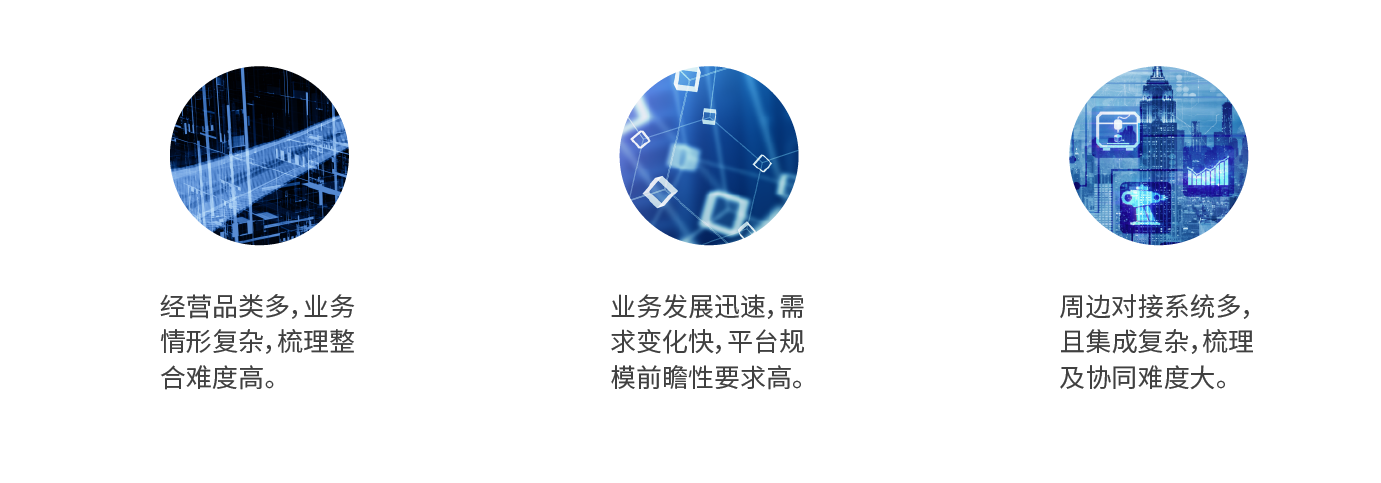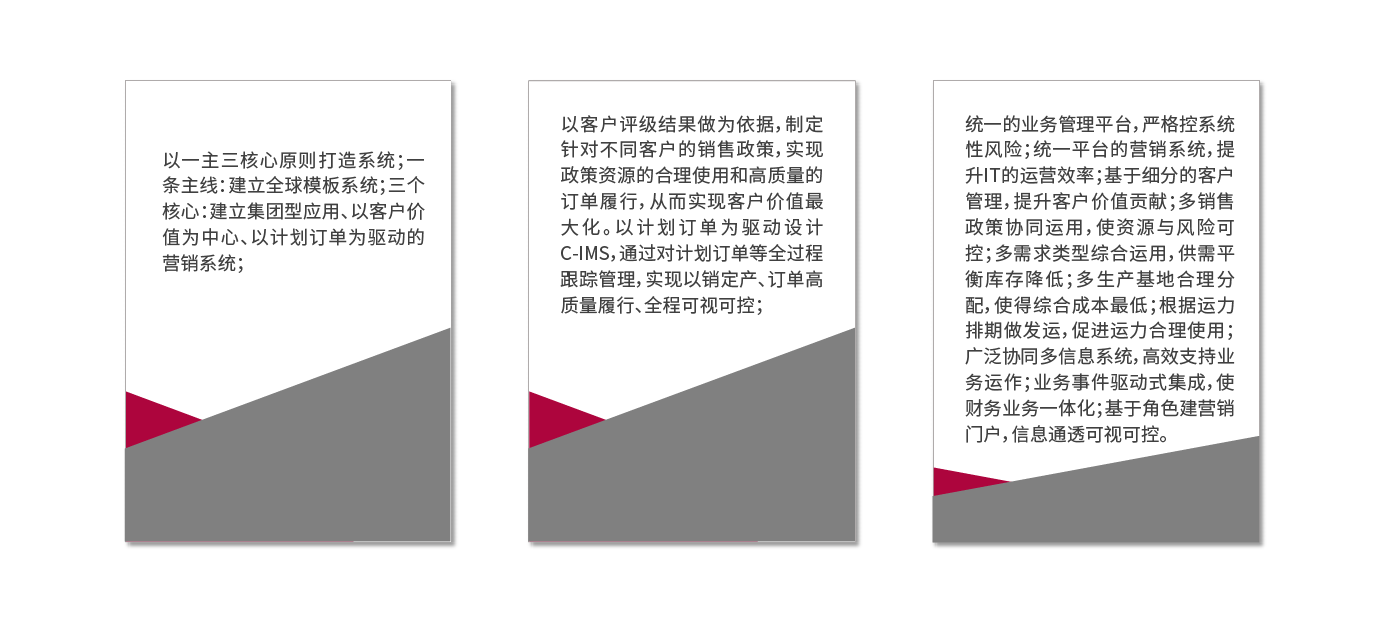
還沒有賬號立即注冊
登錄即代表您已同意《廣州賽意信息科技股份有限公司隱私政策》
登錄即代表您已同意《廣州賽意信息科技股份有限公司隱私政策》

已有賬號登錄賬號


Build a system based on the principle of one main and three core, unify business platforms, widely collaborate with multiple information systems, and efficiently support business operations.
Midea was established in Guangdong, China in 1968. Today, Midea is a global technology group that covers four major business sectors: consumer electronics, HVAC, robotics and automation systems, and innovation. It has approximately 200 subsidiaries and 150000 employees worldwide, covering more than 200 countries and regions. Ranked on the Fortune Global 500 for four consecutive years and ranked 312th in 2019. Since its overall listing on the Shenzhen Stock Exchange (000333. SZ). According to the three major development strategies of "product leadership, efficiency driven, and global operation", Midea firmly invests in research and development innovation to enhance the core competitiveness of its products. In the past five years, the cumulative scientific research investment has exceeded 30 billion yuan, and 28 research and development centers have been established in 11 countries, including China. It is the only Chinese home appliance enterprise to establish AI artificial intelligence research and development centers in Silicon Valley, the United States. There are over 10000 global R&D personnel and over 500 foreign senior experts. The number of invention patents in the field of household appliances has consistently ranked first in the world for three consecutive years, with 44000 authorized patents.

1. Reorganize the process, establish a unified process framework system and data caliber for the entire group, maintain consistency in the 1-4 level processes of each business unit, and maintain valuable differentiation in the 5-6 level processes.
2. Establish a unified group controlled marketing management platform, with each business unit using the same platform to manage marketing business, which not only meets the requirements of unified group control but also meets the requirements of valuable differentiated management for each business unit.
3. Unified master data for customers, suppliers, organizations, accounts, etc.
4. Conduct full lifecycle management of customers, establish customer evaluation models, scientifically rate customers, and implement differentiated customer management strategies.
5. Establish a scientific planning model and achieve maximum demand satisfaction and overall cost optimization through a multi origin allocation strategy.
6. Optimize market, policy, sales, logistics, settlement, and service processes to achieve refined management.
